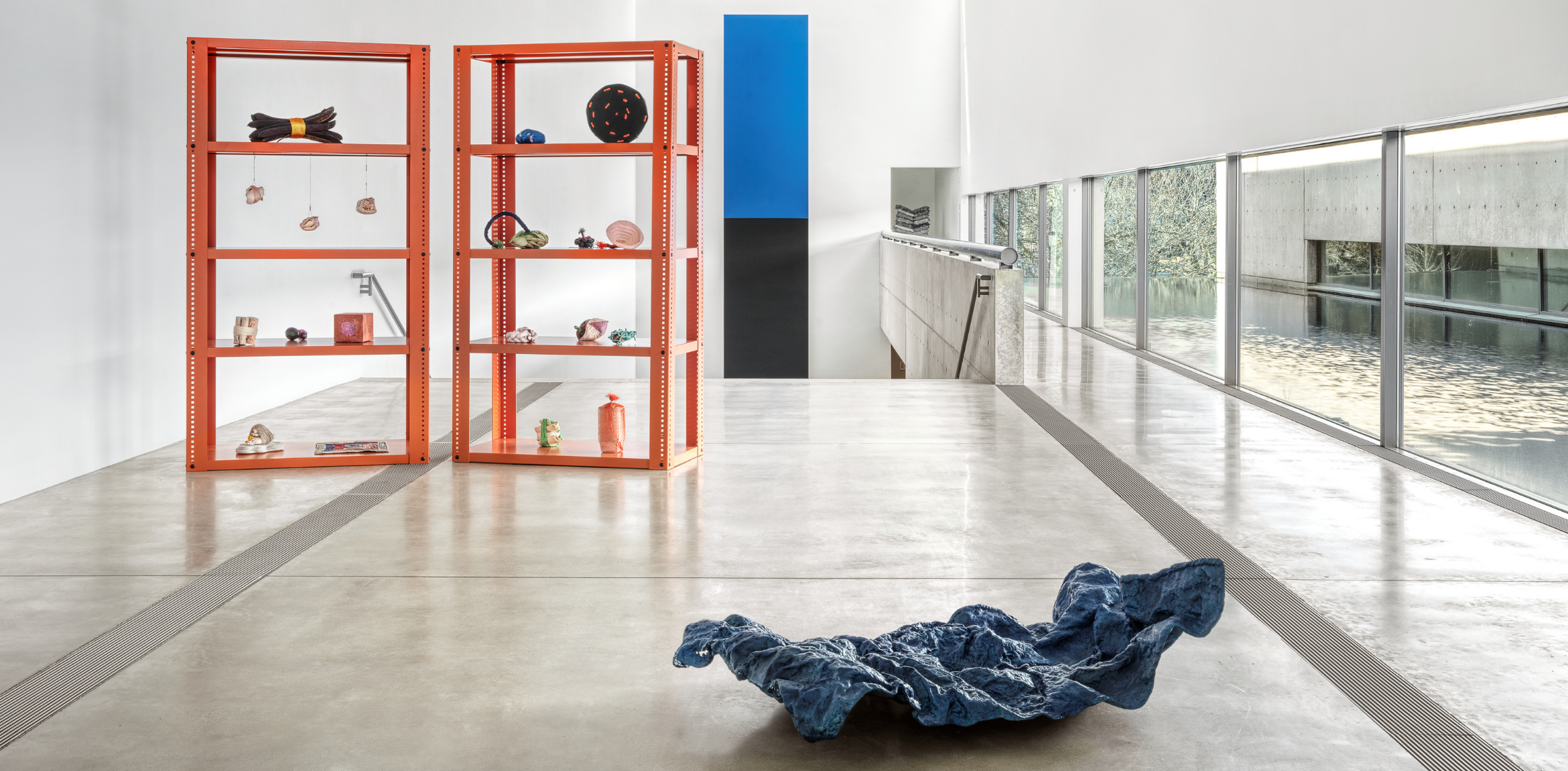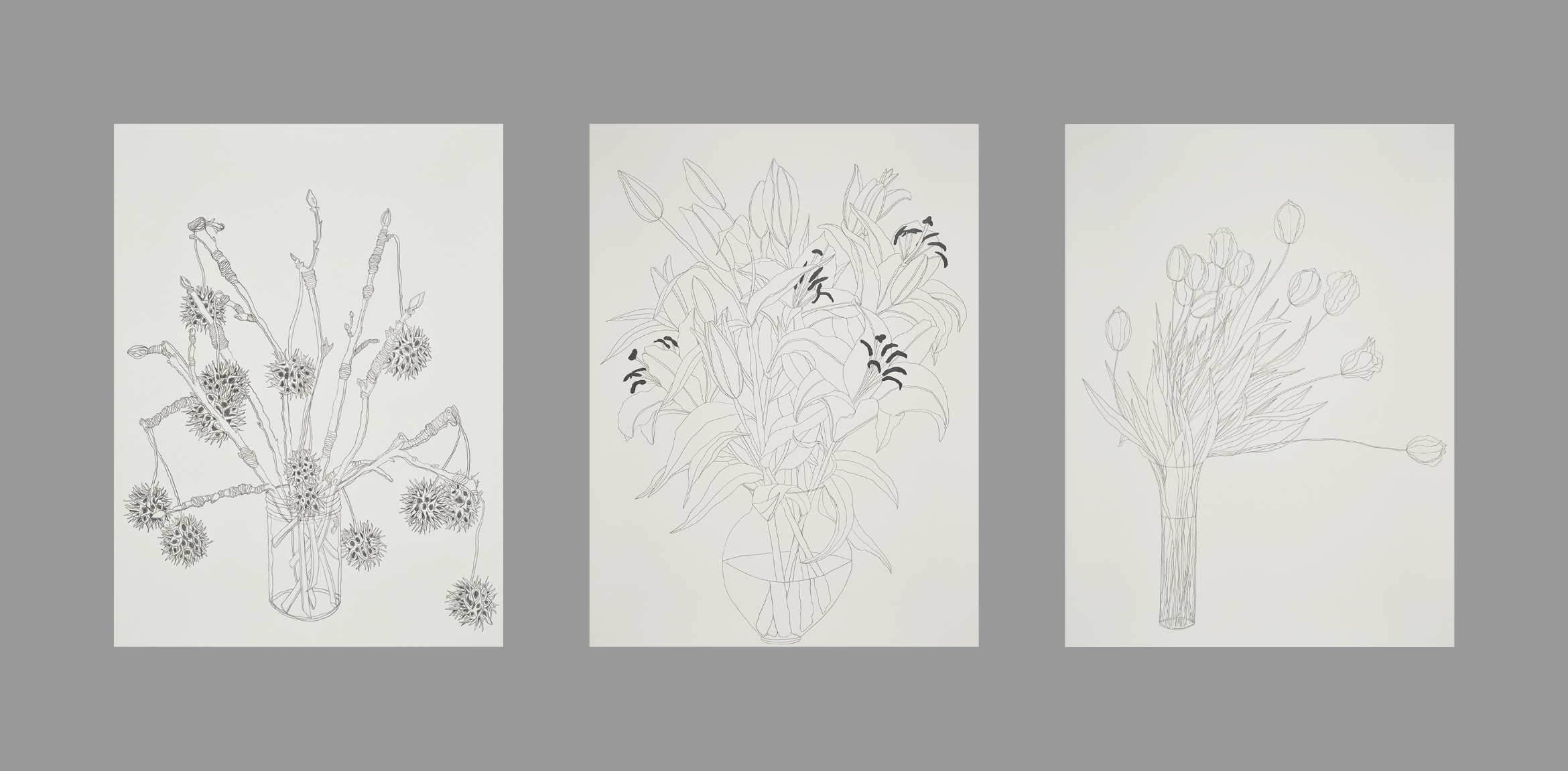
Joe, 1999
Weathering steel
Outer spiral approximately 163 x 576 x 480 inches
Photograph by Carly Ann Faye
Mission
To provide dynamic experiences with art in our unique environment and community.
History
The idea for the Pulitzer, which opened in October 2001, dates to the early 1990s, when Emily Rauh Pulitzer and Joseph Pulitzer Jr. sought to establish a permanent space in which to display their art collection. Purchasing property in St. Louis’ Grand Center Arts District, the Pulitzers hoped to contribute to the creative revitalization of this once-thriving entertainment district. In 1991, they commissioned Tadao Ando to design the space, which would become his first free-standing public building in the United States. Over the course of some ten years, the premise for the space evolved into a non-collecting art museum that would organize and present special exhibitions of historic and contemporary art from around the world, as well as a range of creative, participatory public programs that engage St. Louis’ many communities.
To complement the precise lines and contemplative spaces of Ando’s design, Emily Pulitzer invited Richard Serra and Ellsworth Kelly to create artworks for the building. Kelly’s site-specific wall sculpture Blue Black was created for a large wall beneath a narrow skylight in the Main Gallery. Serra’s Joe—named in homage to the late Joseph Pulitzer Jr., and part of the artist’s acclaimed series of torqued spirals made of weathering steel—was installed in the courtyard. In each instance, Ando and the artists collaborated in ways that enhanced the experience of both the art and the architecture.
When the Pulitzer opened, Ando’s building became a superb place to present art as well as a defining feature of the museum. Spacious galleries illuminated by abundant and ever-changing natural light combine with a central water court to create multi-layered experiences of the art within. In 2015, the Pulitzer transformed its lower level into public spaces and new galleries, expanding the museum’s exhibition space by nearly fifty percent.
From its beginning, the Pulitzer has presented a wide range of exhibitions featuring art from around the world—from Old Masters to important modern and contemporary artists—and exploring a diverse array of themes and ideas. Highlights have included the exhibitions Ruth Asawa: Life’s Work (2018-19); Blue Black, curated by artist Glenn Ligon (2017); Medardo Rosso: Experiments in Light and Form (2016-17); raumlaborberlin: 4562 Enright Avenue (2016); Reflections of the Buddha (2011-12); Urban Alchemy / Gordon Matta-Clark (2009-10); and Brancusi and Serra in Dialogue (2005). In addition, these exhibitions are complemented by programs that bring together leading figures from fields ranging from art, architecture, design, urban planning, and others.
More than twenty years after it was first imagined, the Pulitzer remains a museum where ideas are freely explored, new art is exhibited, and historic work reexamined, maintaining its focus on bringing art and people together.

